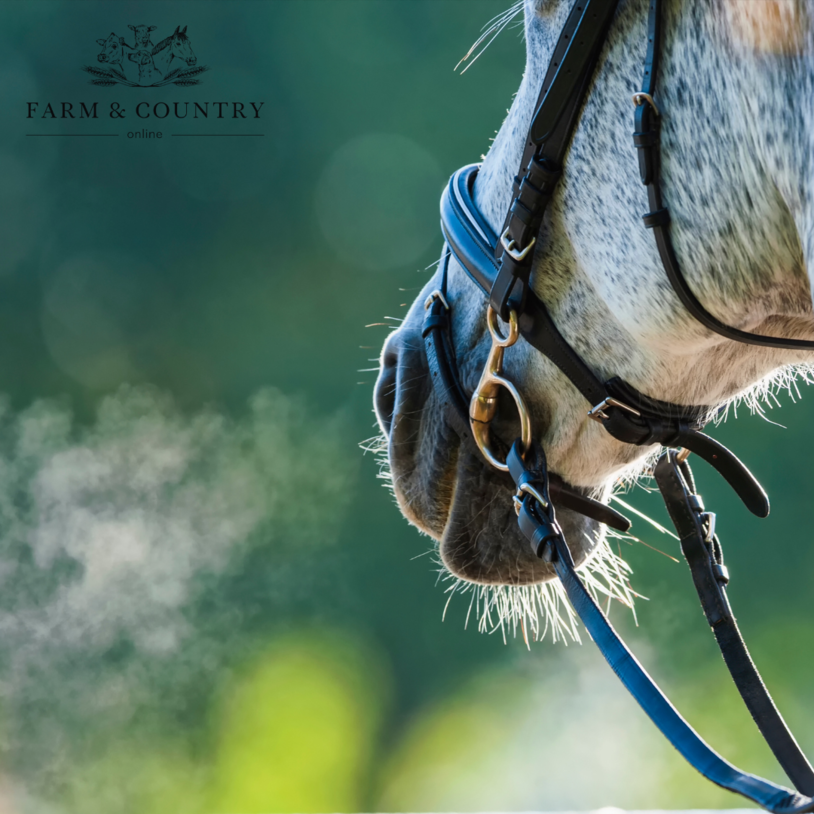Ventilation & Airflow – unfortunately many stables are designed with poor ventilation; settling dust and cobwebs are a tell-tale sign of a lack of ventilation. In an ideal world, a stable or barn should be designed with 2 openings to allow the air to travel through; a healthy or rugged horse will be fine even if there is a noticeable breeze!
Bedding – finding suitable bedding can be a headache for many owners – looking for dust-free, absorbent, comfortable, reasonably priced and easy-to-use bedding isn’t always straightforward. While shavings are becoming increasingly popular on many yards, they can contain more dust and spores than quality straw but may be more absorbent for wetter horses, reducing volumes of ammonia present.
Flooring – many believe that a rubber-matted stable floor is ideal for optimal stable health, as
reduce the amount of bedding required in the stable, and therefore limiting the dust. Ensuring a hygienic stable environment, without detectable ammonia, is vital for health.
Mucking out – mucking out, and especially sweeping, create large volumes of dust in the stable so it is important to remove the horse from this environment wherever possible. Ideally, windows and doors should be as open as possible, and you should allow 30 minutes for the environment to settle before putting your horse back in its stable.
Management – feeding both forages and dampened hard feed from the floor is recommended to lower the head position, allowing your horse to expel any respiratory secretions.
Consider a Supplement - A horse with respiratory stresses could benefit from an antioxidant-rich supplement. Omega 3 fatty acids, vitamin C, menthol, eucalyptus and echinacea are also commonly seen in respiratory supplements and seen to support their respiratory systems – take a
look at our range here.
If your horse is showing signs of ongoing respiratory struggle, please contact your vet for an
appropriate treatment plan.



